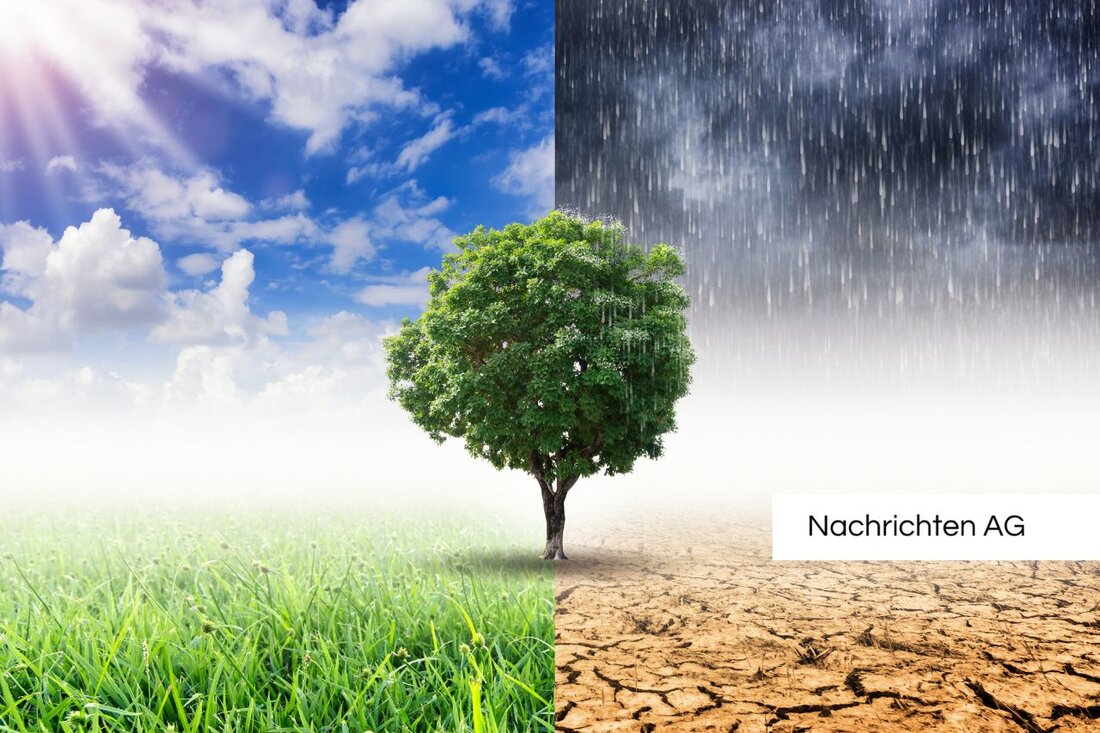Protection of the bogs: Altmark fights drought and climate change!
Protection of the bogs: Altmark fights drought and climate change!
In today's climate, the protection of bogs plays a crucial role in our environment. Moore, these often overlooked habitats, are not only important CO2 memory, but also retreats for numerous rare plant and animal species. As reported MDR, bogs can be destroyed in just a few decades, while their creation takes on the decades. In Germany, Saxony-Anhalt is one of the moor's most bogia-rich federal states, and the Altmark, an area with a particularly high moor content, is not spared from climate change despite all the protective measures.
The drought hit the bogs in the green band, a former inner -German death strip this year. Dieter Leupold, project manager in the green band, describes the negative effects on these ecosystems. After rains, trenches and streams are often under water in this protected area, which affects the water supply of the bogs. Lower bogies are incredibly sensitive; They only grow one millimeter a year, while peat mining is progressing with more than one inch annually.
climate change and bog
moore are not only carbon storage, they also make a valuable contribution to biodiversity. Despite their importance, they were historically considered an unused wasteland and drained heavily. Nabu indicates that intact bogs store a third of the terrestrial carbon, although they only make up 3% of the land area. A hectare moor can store as much carbon as a 100-year-old forest on the same area.
The current situation is also evident in the local bird populations. This year, various waders use the drying areas in the green band to search for food, while species such as the Bekassine or Kiebitzen were detected in insufficient numbers. This is a direct consequence of the drought in spring, which has a negative impact on the domestic wildlife. The loss of habitats due to peat cuts and the associated emission of climate-damaging CO2 is alarming, since around 44 million tons of CO2 equivalents are released from drained bogs in Germany every year.
protective measures and perspectives
To counteract this development, there are various bog protection initiatives. According to BFN, measures such as the national moor protection strategy and the action program for natural climate protection are in full swing. However, these programs require the support of land users, municipalities and associations as well as sufficient financial resources from the federal government, the states and the EU. The success of the renaturation projects depends to a great extent on the inclusion of local people, because only together can the valuable ecosystem be preserved.
A future -oriented aspect is the so -called paludi culture, which enables sustainable management of re -littered moss soil. This type of use could contribute to the restoration of the bogs and the economic promotion of the region.
summarized it is clear that the protection and renaturation of bogs are of great importance not only for the climate, but also for the biological diversity. The challenges are great, but with the right tool and the commitment of everyone involved, there is hope for our bogs.
| Details | |
|---|---|
| Ort | Stendal, Deutschland |
| Quellen | |


Kommentare (0)